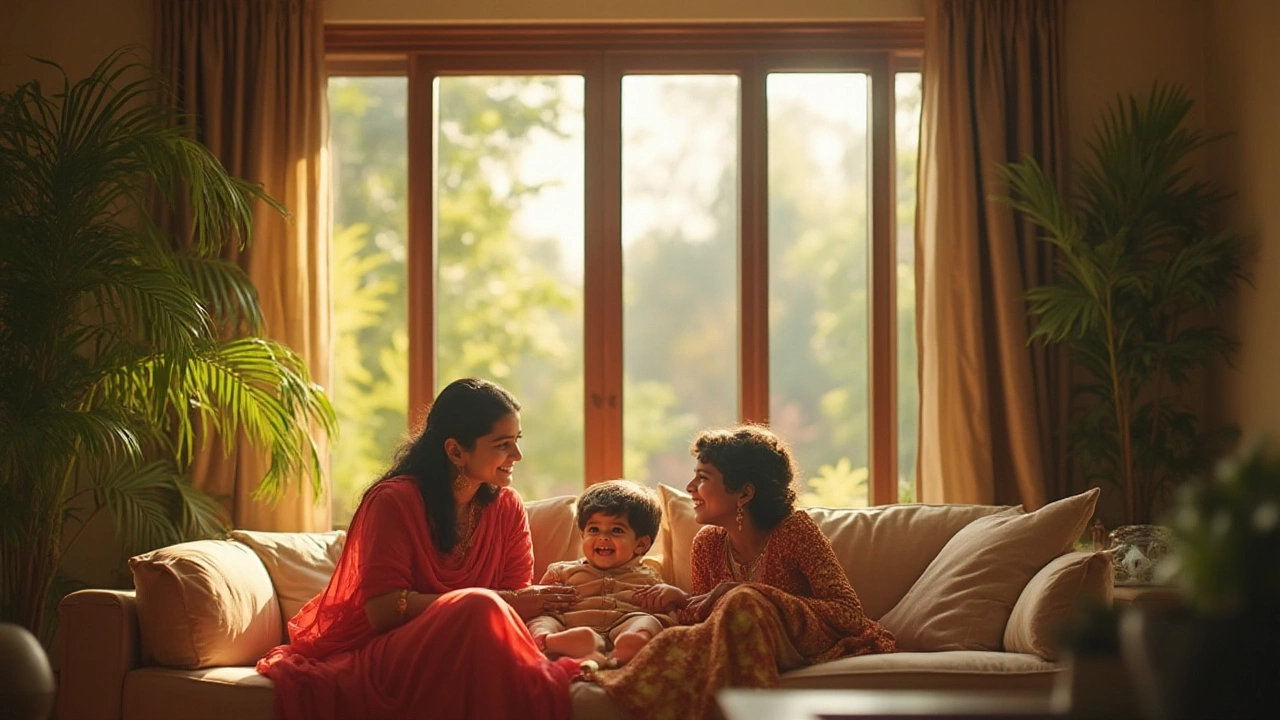
Innovative Window Treatments for Privacy Without Sacrificing Views
Maintaining privacy while enjoying the beauty of the outside world can be a conundrum for many homeowners. The right window treatments can offer a satisfactory solution by allowing visibility from the inside while preventing prying eyes from looking in. From modern reflective films to semi-sheer curtains, discovering the perfect balance between privacy and light requires some exploration. This guide delves into various options that cater to aesthetic preferences and functional needs.
View More